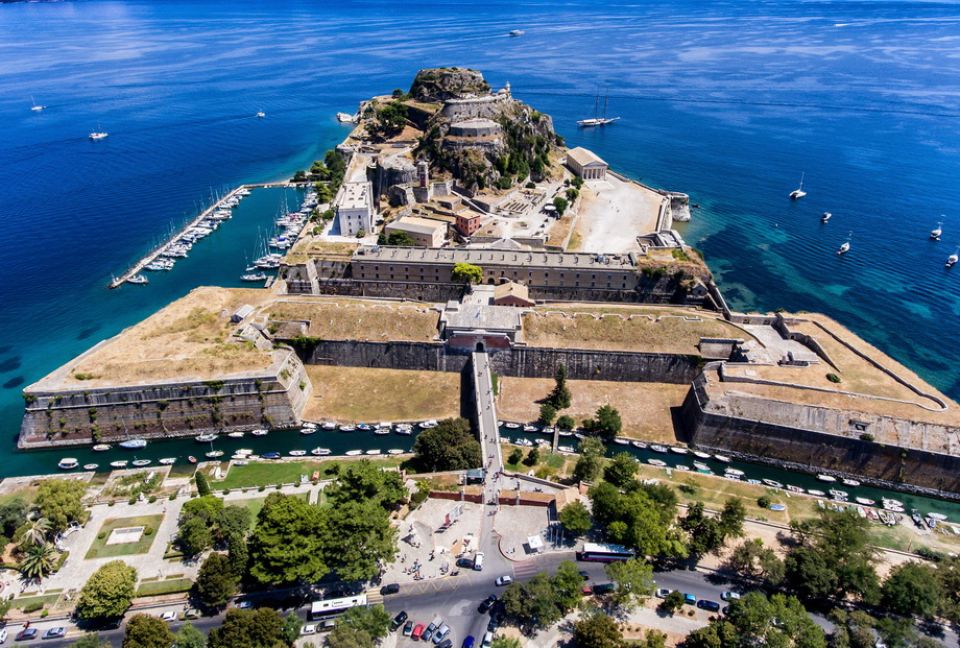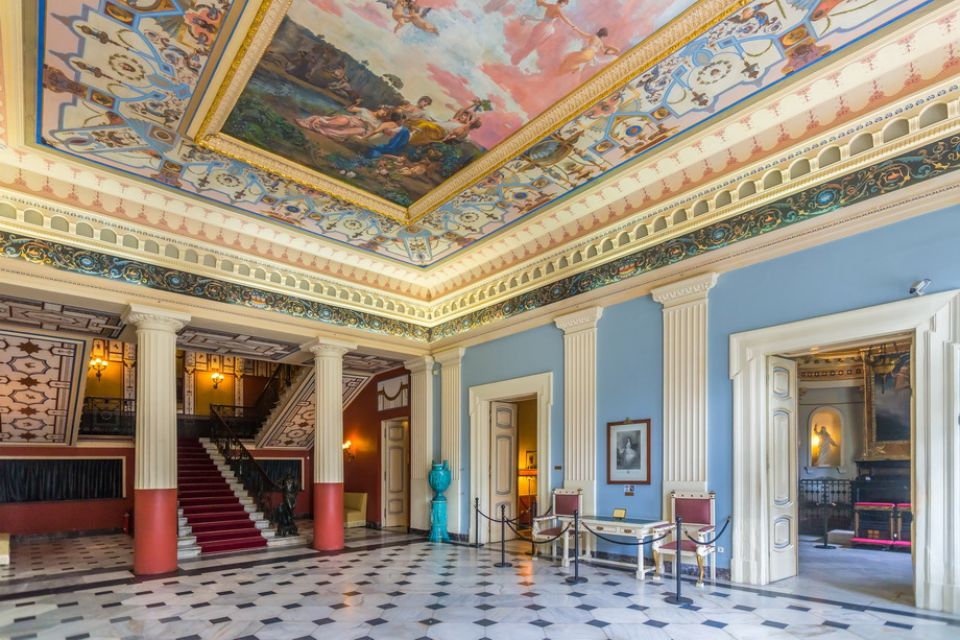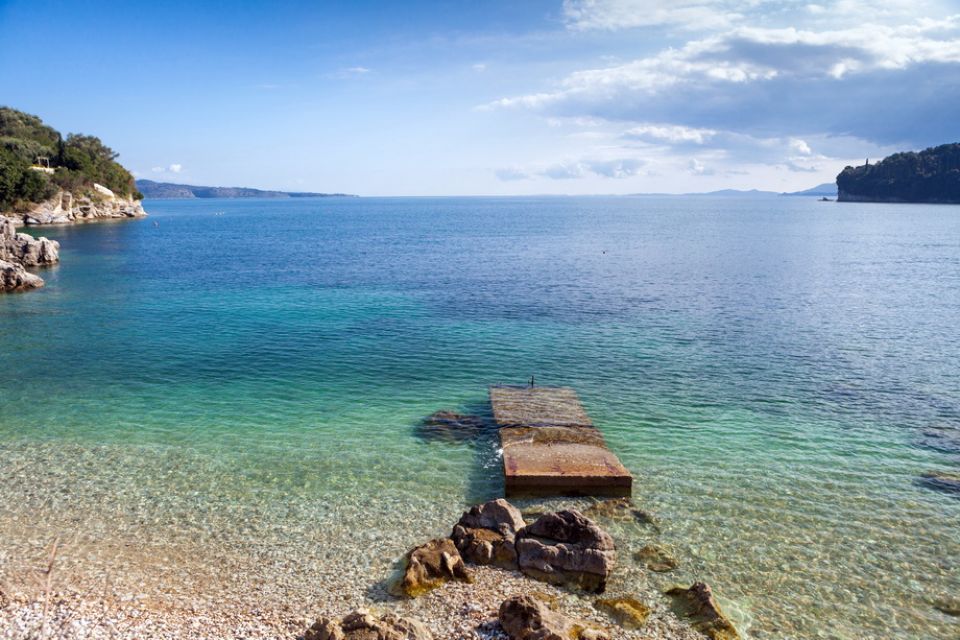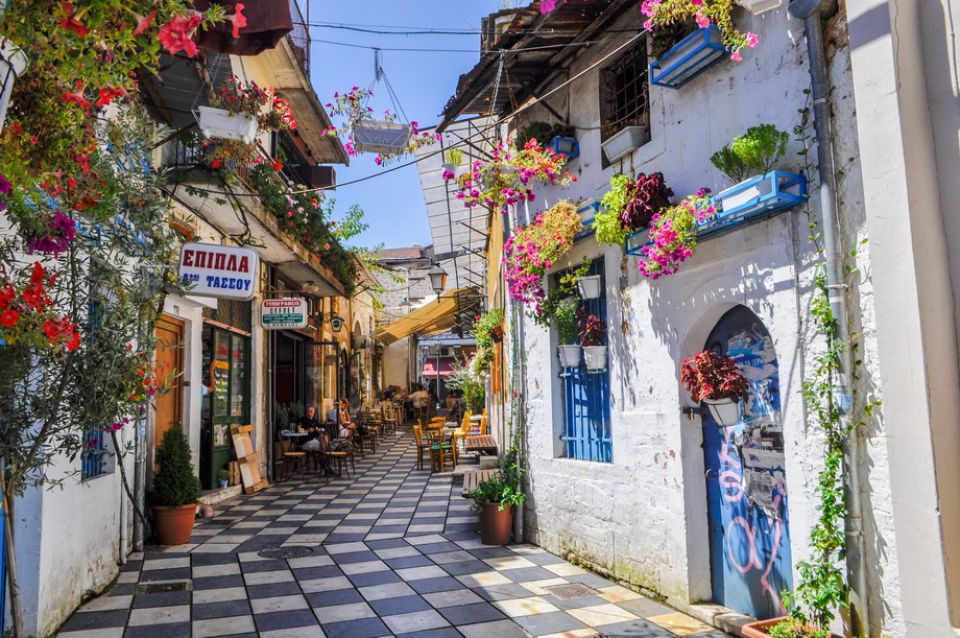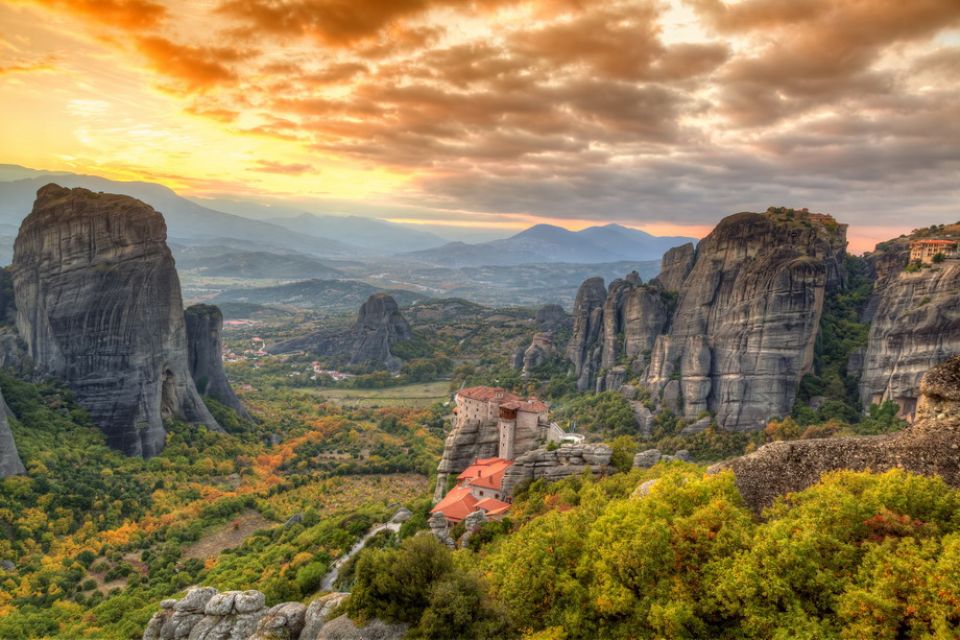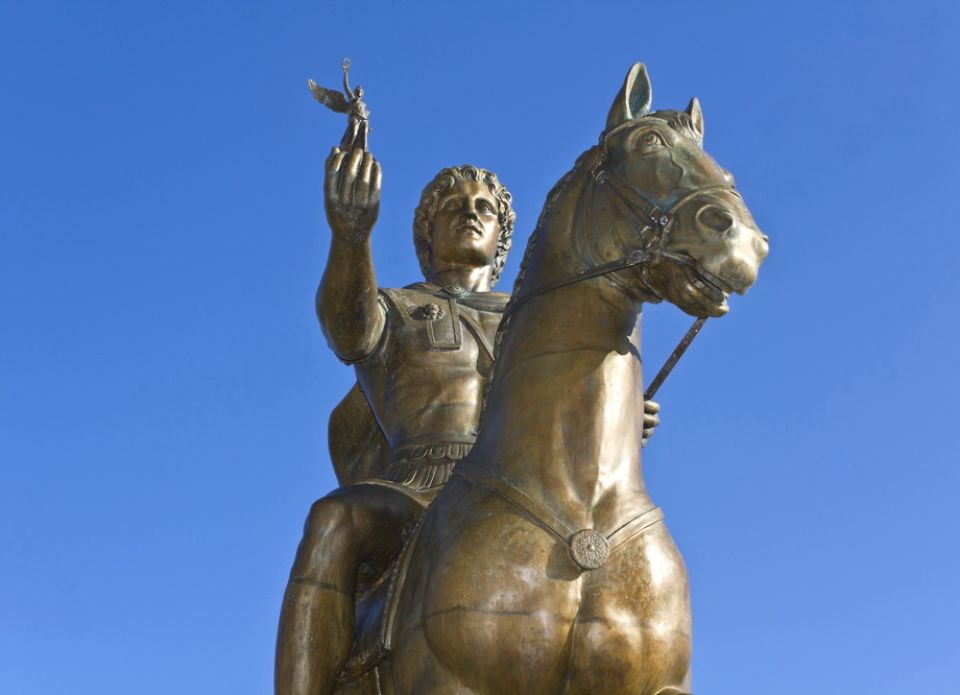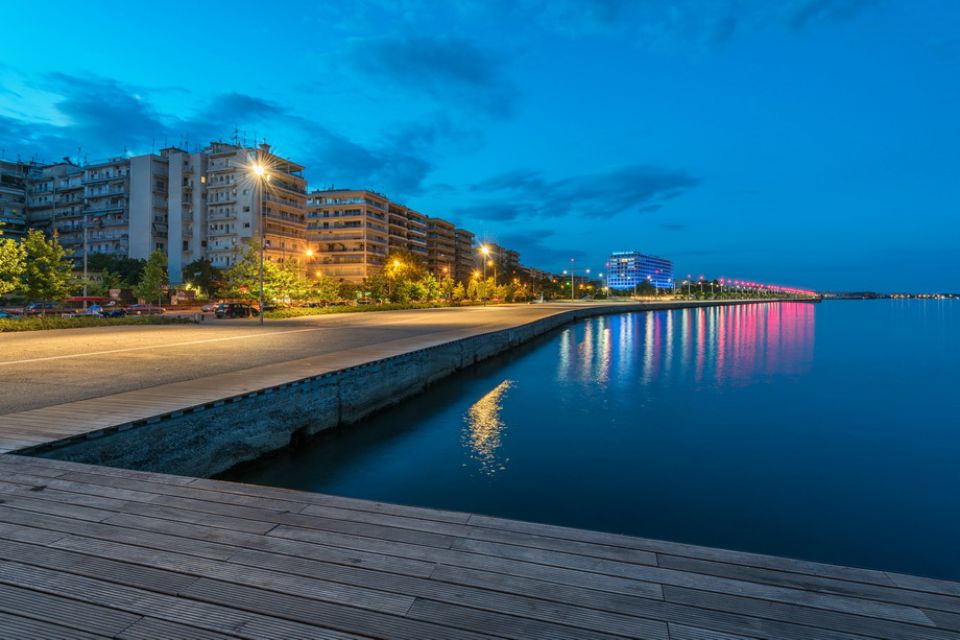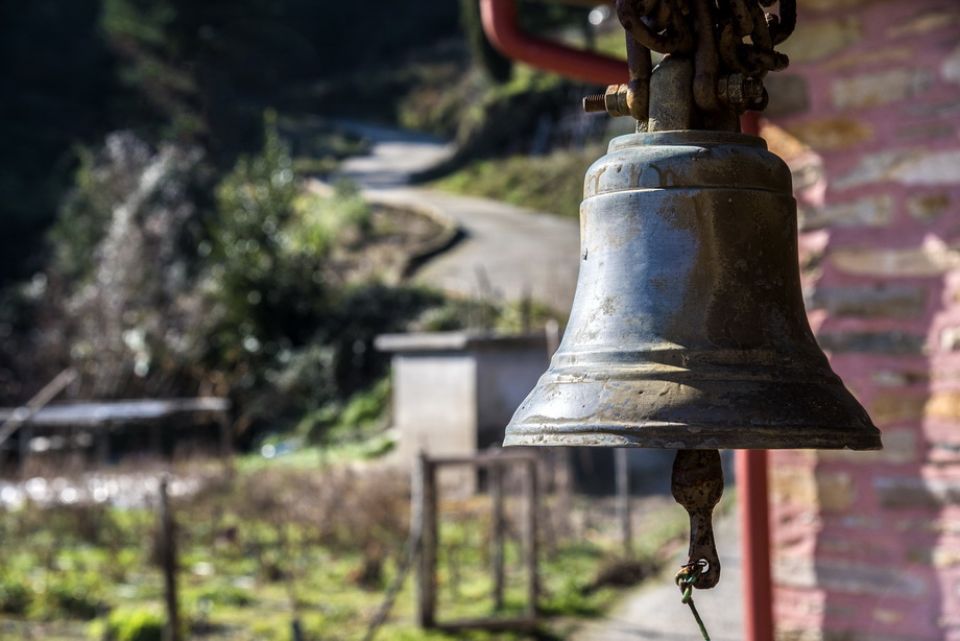Day 5: Oracle of Dodoni & Lake Pamvotis
With the ferry from Corfu we reach the Greek mainland and drive through the mountain landscape of Epirus to Dodoni (or Dodona), an ancient Greek sanctuary and the oldest Greek oracle. After Delphi, Dodoni was the second most important oracle of the ancient Greek world. The combined with the oracle cult of Zeus seems to have been developed by an older cult. Later on, it remained an important religious sanctuary until the rise of the Christian religion. The predictions were made mainly by interpreting the rustle of the one of Zeus’s sacred oaks, as well as the flight of doves. The archaeological site of Dodoni, which is not in a very good condition and still not totally brought in light, includes the remnants of several temples and the profane administrative building. In a very good condition still stand the theatre, one of the largest of its style in Greece.
Next destination: Ioannina, the capital of the prefecture. The city of legends and traditions, of silversmiths and intellectuals is located in the centre of Epirus together with its castle and the Lake Pamvotis; a true jewel in the Greek alpine mainland. The history of the city, according to the archives, dates back to the 9th century. It is said, that it was founded by Emperor Justinian. In the 13th century, the city played an important role in the despotate of Epirus; during that time, it was the centre of an economic boost which lasted for a lot of centuries. After a political agreement in 1430, Ioannina was given to the Turks. From the end of the 18th century till the beginning of the 20ieth century, the city was the centre of Ali Pasha’s dominion. In that period of time, there was an enormous economic and cultural boom. The monuments of the city indicate its varied history. The castle, the monasteries with their wonderful frescos, the mosques, the synagogue and the old manors will accompany you to a journey through time and history. Hotel stay for 1 night.
